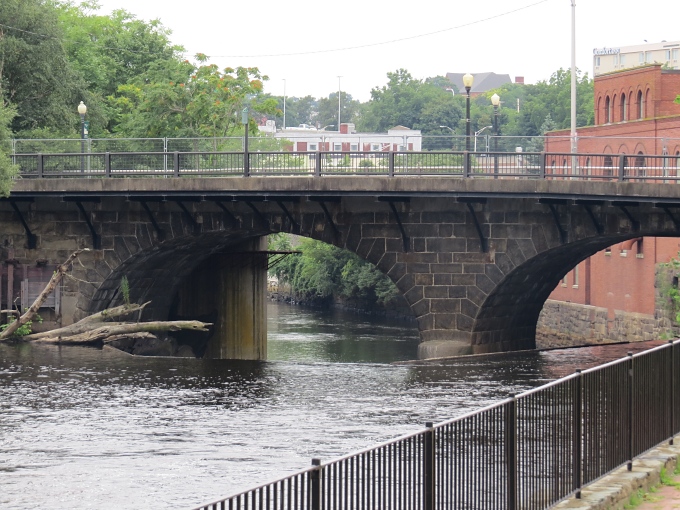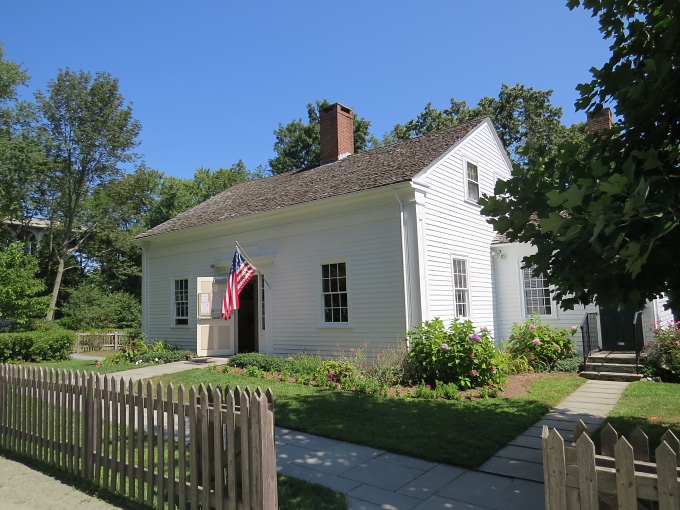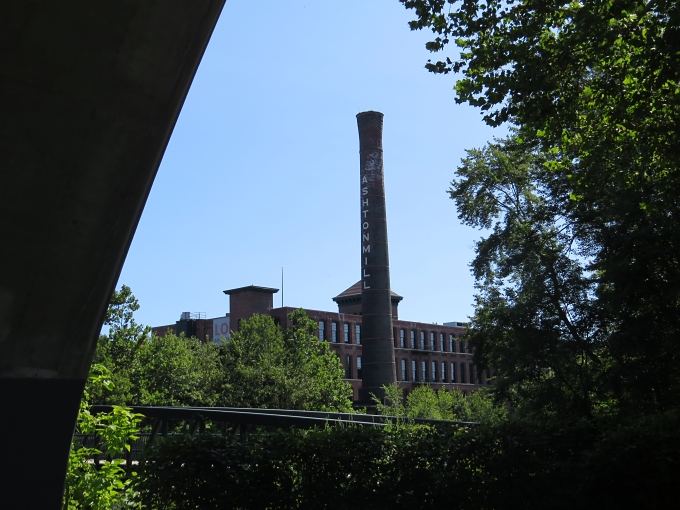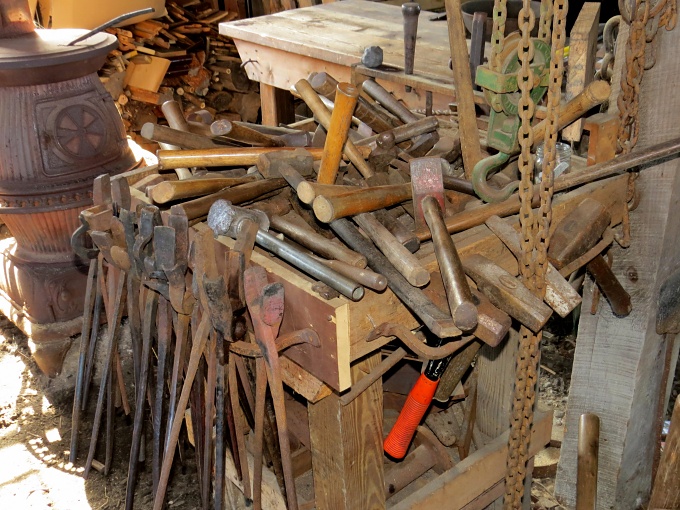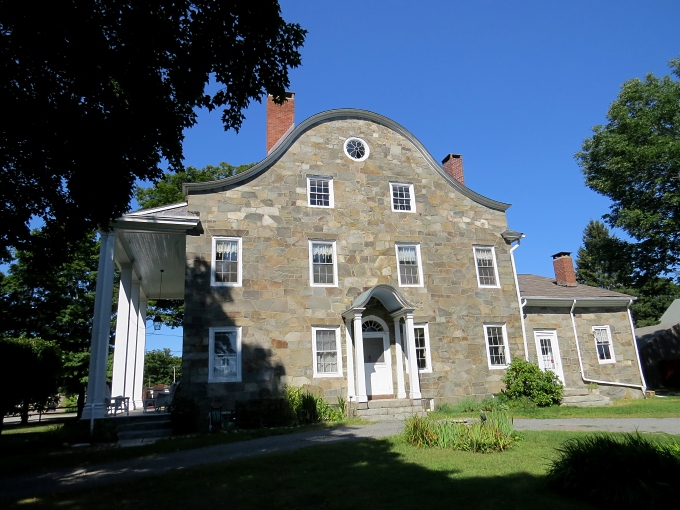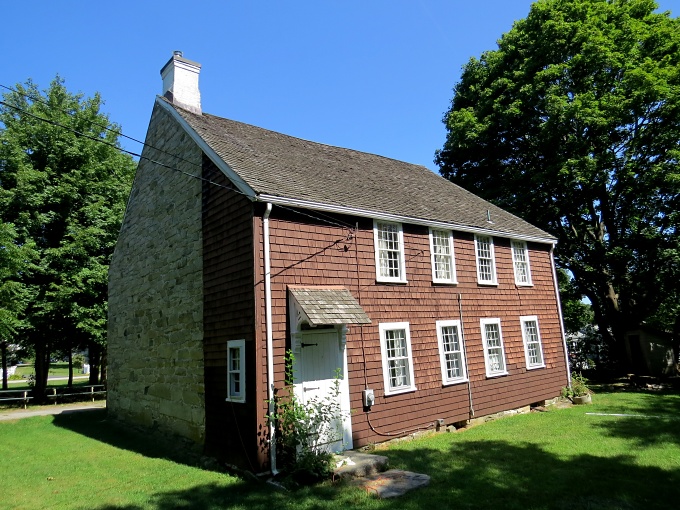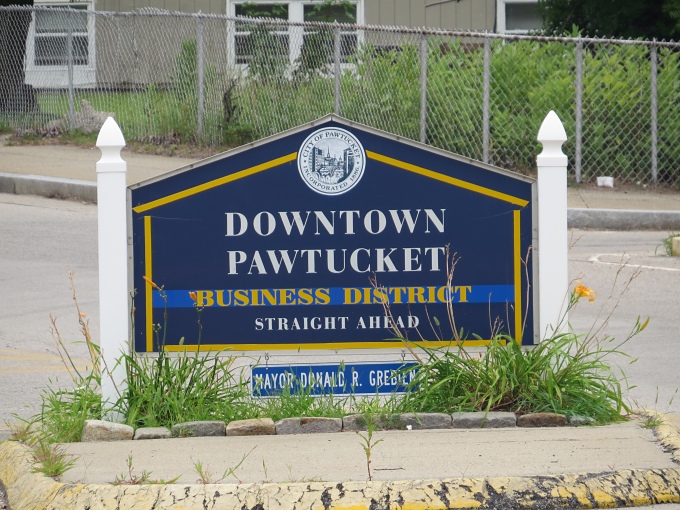Blackstone River Valley National Heritage Corridor
/What's this? We've discovered a new type of National Parks Service (NPS) site: a National Heritage Corridor. What the heck is that? There are already so many national parks, memorials, monuments, national historic sites, national historic parks, national battlefields ... and now national heritage corridors? Not that we're complaining, mind you. It seems there are 49 National Heritage areas, nine of which have the “corridor” designation. Further research indicates that though the NPS plays an advisory role, the national heritage sites are not administered nor funded by the NPS, but rather local governments and private groups are responsible for them. Who knew?
I grew up in this general area and I'm always surprised and embarrassed when I learn how much I don't know about my home turf. How can you grow up in an area and live there for two decades and still know so little about it? Far away places always sound so much more appealing than your own neighborhood. Returning after several years has piqued my interest though, and we decided to find out more about the Blackstone.
The important role of local rivers like the Blackstone in the American industrial revolution always escaped me, yet here was an entire geographic area dedicated to the industry which defined my backyard heritage. It's not that I didn't realize that rivers were harnessed for water power. It's that I didn't realize to what extent they were used and abused and for how long. When we visited the Slater Mill a couple of weeks ago in Pawtucket, we learned Slater had set up his textile mill on the banks of the Blackstone in 1793. It was the first successful factory in the US and thus began the American Industrial Revolution.
As we traveled from town to town, we noticed small signs that read “Ashton – A Mill village”, “Manchaug – A Mill village”, “Lime Rock – A Quarry village”. The village names defined their contribution to society. These were small villages where the mill was the center of industry and the block long, drab brick buildings gobbled up the center of town along the river. The owners controlled all aspects of work. They owned the mill and the company stores and therefore controlled the mill workers as well as the local society. From their mansions overlooking the millworks and the rows of crowded mill houses, owners garnered their profits at the expense of the people who turned out the products and the rivers that powered the mills.
We visited the Captain Kelly House which has been turned into a small Blackstone River transportation museum. Captain Kelly made his money in the China trade and invested in a failing mill which he subsequently made profitable. The Blackstone Canal runs beside the house and an old painting on display showed the use of horses hauling freight up the canal. The museum exhibits trace the uses of the river for transportation as well as water power through its recorded history.
The house, though small, was lovely with gardens and lawns.
The tall chimney of the Ashton Mills, now renovated into luxury condos and lofts, looms in the background.
A 48-mile long river (80km), the Blackstone has been used towards industrial ends for two centuries and was once dubbed “America's hardest working river”. It's been known to be polluted since the turn of the 20th century and yet it was not until the passing of the Clean Water Act of 1972 that any efforts were made to redeem this river from its legacy of filth and pollution. As late as 1990, the US Environmental Protection Agency characterized it as "the most polluted river in the country with respect to toxic sediments." Sad commentary on a once-healthy river that used to supply the native people with their fish and eels.
We continued driving through mill town after mill town. Most all of the old mills are defunct now and, like the Ashton Mill, many have been renovated and refurbed into condos, funky office spaces and shopping malls. The recycling of the old mills make sense instead of building more new buildings. The rivers are slowly being redeemed.
Thoughts of my own heritage came clearly to me ... I'm from a family of mill workers. Another blog ... another day.


